Photography has always balanced artistry with technology. From film to digital and now artificial intelligence (AI), new tools have changed how images are refined and polished. One of the questions clients often wonder about is how photographers edit their images. Do we rely on AI-enhanced editing, or do we still use manual retouching?
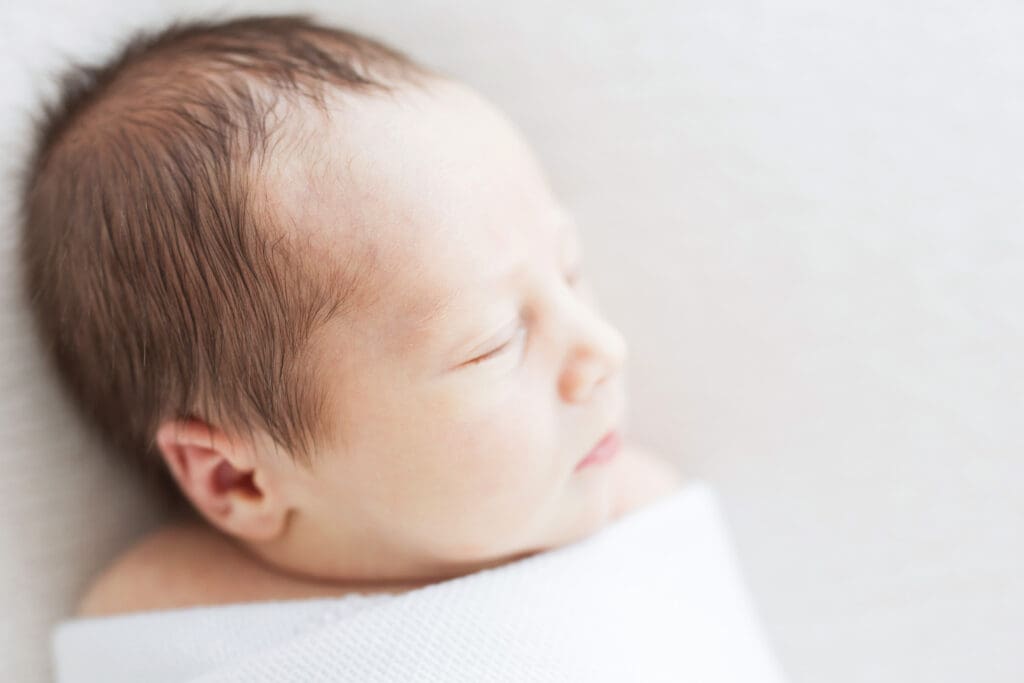
The short answer: we use both, each for different purposes. Here’s why that matters for your portraits.
What Is AI-Enhanced Editing?
AI-enhanced editing uses computer programs to analyze a photograph and make quick adjustments. These tools can:
- Smooth skin tones naturally.
- Correct lighting and color balance.
- Remove small distractions, like flyaway hairs or background clutter.
- Help sort through hundreds of images to select the strongest ones.
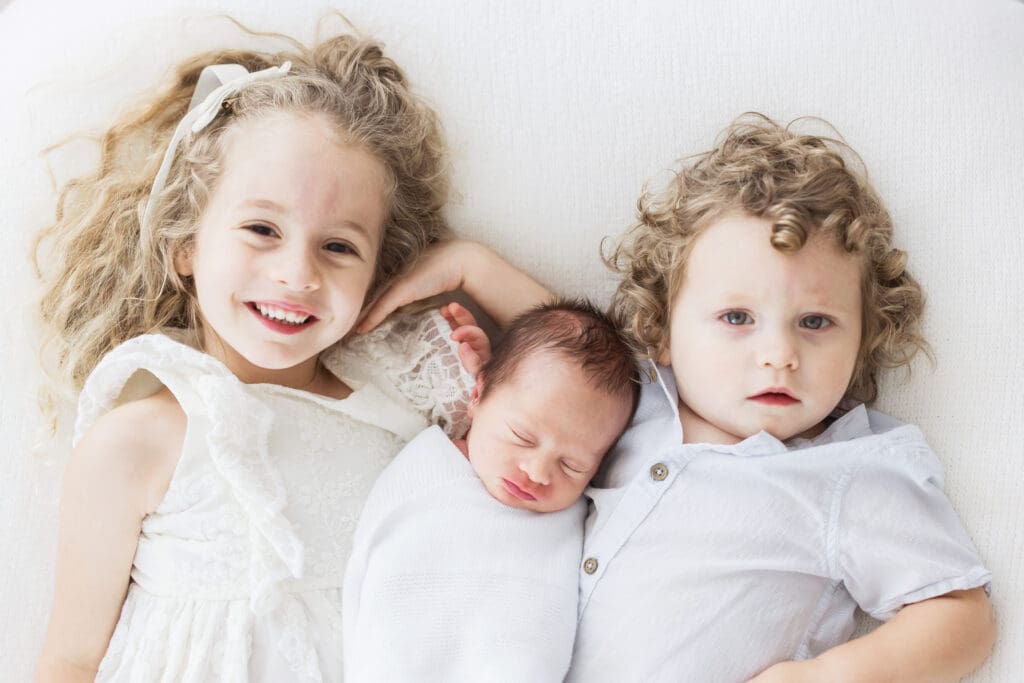
AI is wonderful at efficiency. It can quickly make consistent changes across an entire gallery, ensuring that colors, exposure, and tone look cohesive. It also saves hours of time by handling tasks that don’t require a creative eye, like organizing or applying basic corrections.
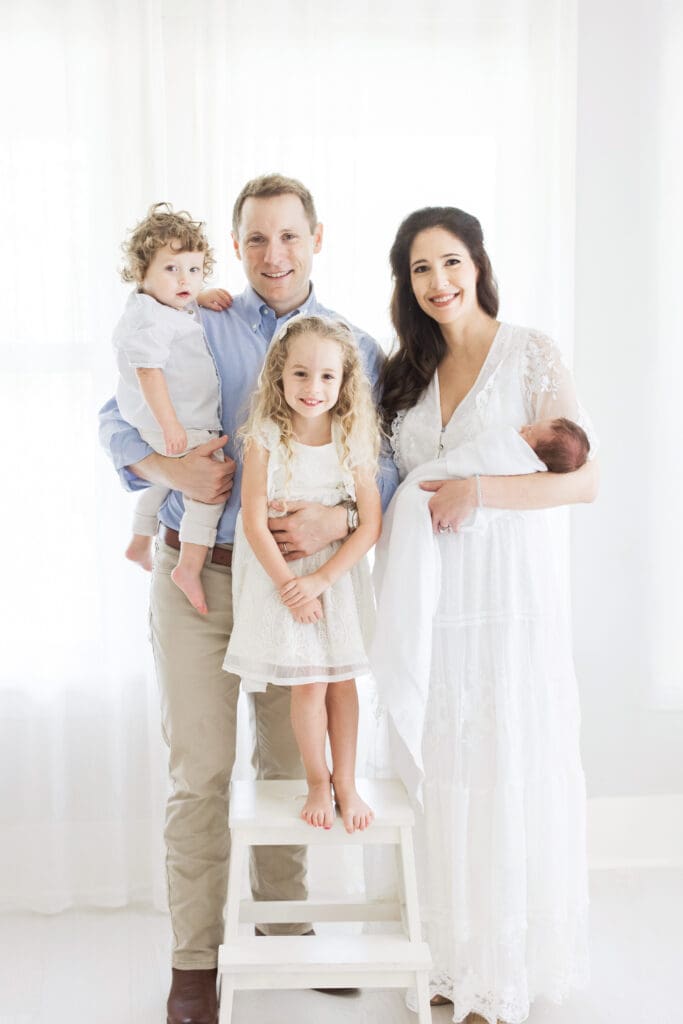
But there are limits. AI can’t tell the difference between a freckle you love and a blemish you’d rather remove. It can’t know when a shadow adds mood or when it distracts. That’s where the human eye and artistic judgment become essential.
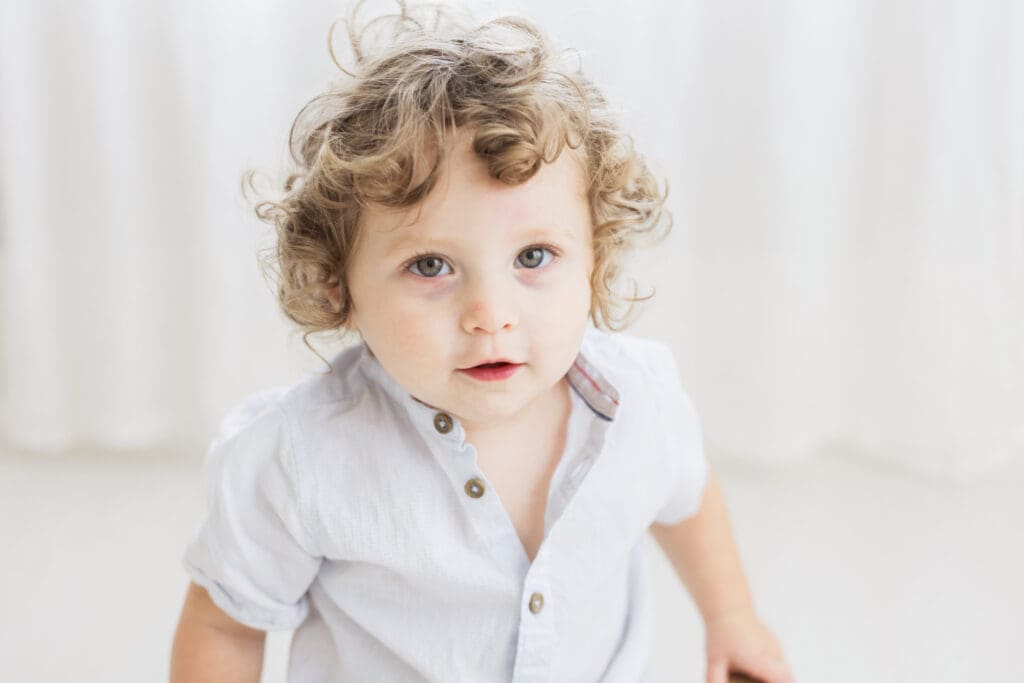
What Is Manual Retouching?
Manual retouching is the traditional, hands-on editing process where the photographer carefully adjusts each image. This can include:
- Fine-tuning skin texture while keeping it natural.
- Adjusting highlights and shadows for a polished finish.
- Perfecting details in wardrobe, backgrounds, or composition.
- Making artistic choices that align with the mood and tone of your session.
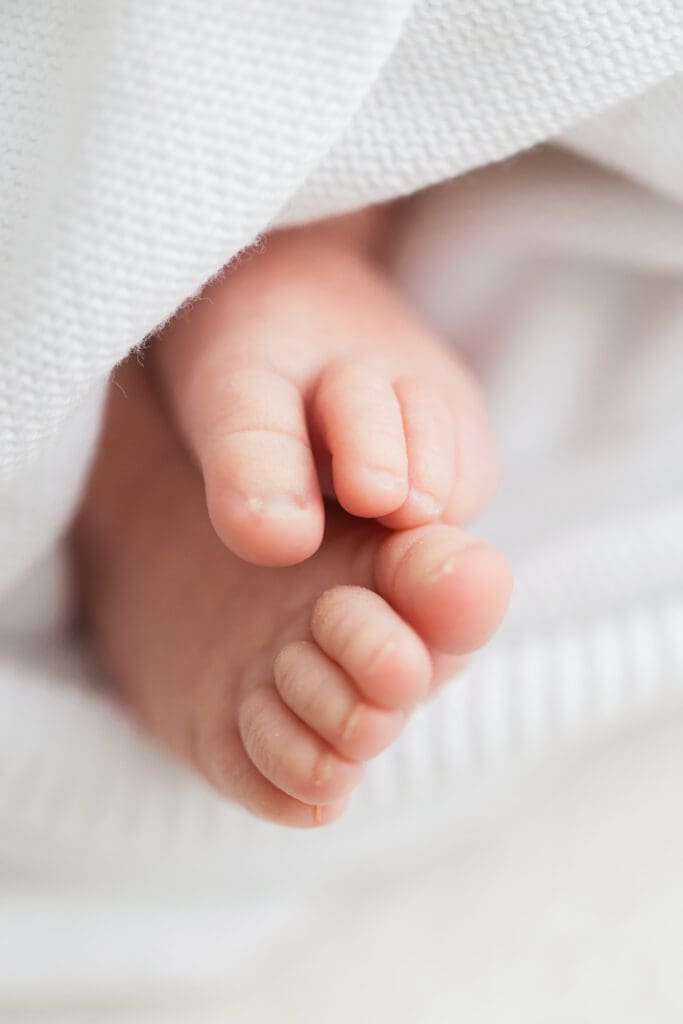
For example, if a newborn wrap is slightly wrinkled or a strand of hair falls across a mother’s face, manual retouching ensures these details are refined without losing authenticity. A skilled retouch keeps the image honest while elevating it into something heirloom-worthy.
Manual work takes more time, but it creates results that AI alone could never achieve. Every decision reflects the photographer’s artistry, style, and understanding of what matters most to you.
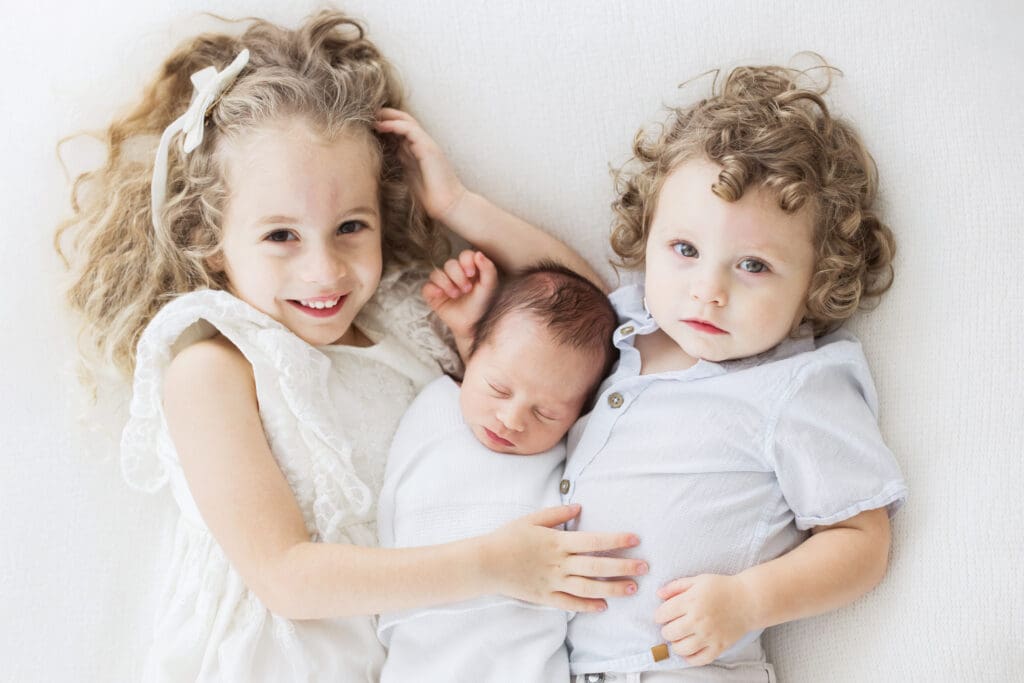
Why We Use Both
AI-enhanced editing is invaluable for speed and consistency. It helps us deliver your gallery more quickly and ensures a polished, cohesive base for your images. But when it comes to the portraits you’ll frame, gift, and pass down for generations, manual retouching is non-negotiable.
By combining both methods, we achieve the best of both worlds:
- AI for efficiency and consistency
- Manual retouching for artistry and refinement
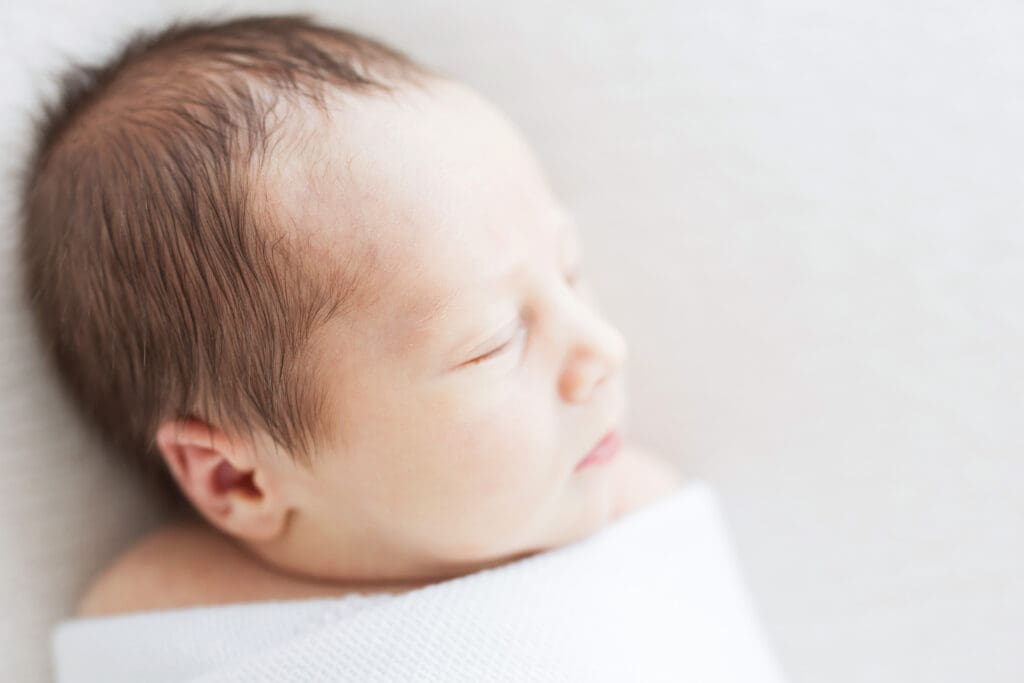
Every final portrait you receive has been personally reviewed and perfected by hand. Technology helps, but the heart of your images is always guided by human touch.
What This Means for You
For clients, this approach ensures:
- Timely delivery: Your gallery is ready sooner without compromising quality.
- Consistency: Every image feels cohesive, with natural colors and tones.
- Artistry: Final portraits are carefully polished by hand, honoring both detail and emotion.
The result is a collection of images that look effortless but are crafted with intention. You’ll see photographs that are not only technically excellent but also emotionally true.
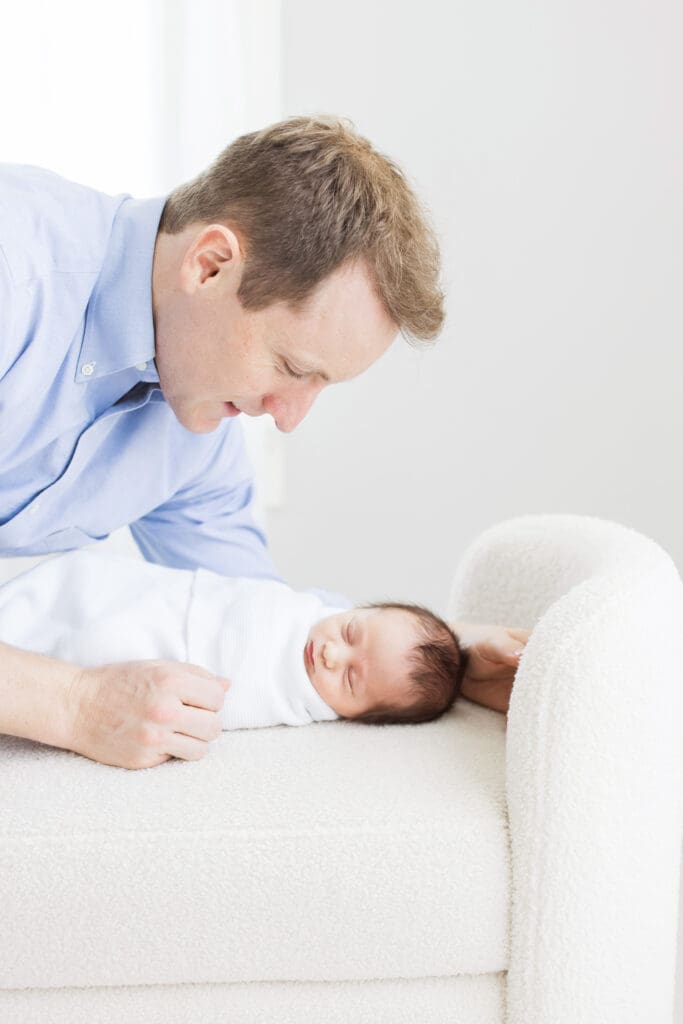
Final Thoughts
AI is an incredible tool, but it is not the artist. It may smooth, sort, or enhance, but it can never replace the intuition of a photographer who sees your family, notices your baby’s tiny details, or understands the story behind your smile.
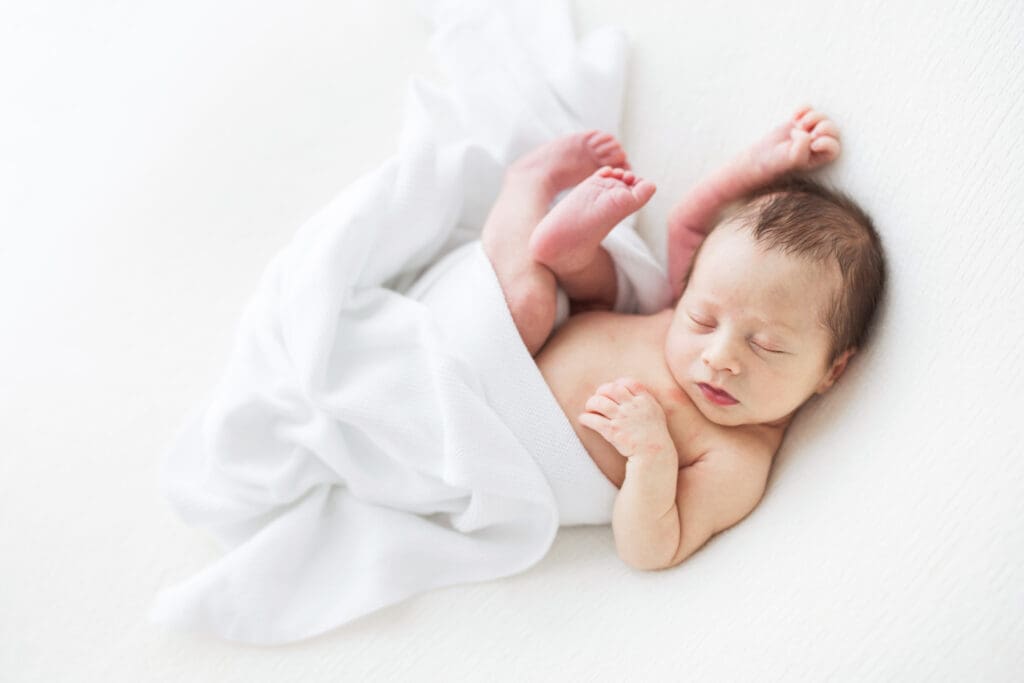
That’s why we use both. AI helps us edit smarter, while manual retouching ensures that your final portraits carry the care and artistry they deserve. When you look back at your images years from now, you won’t think about editing software or technology. You’ll simply see your story, preserved with love and intention.
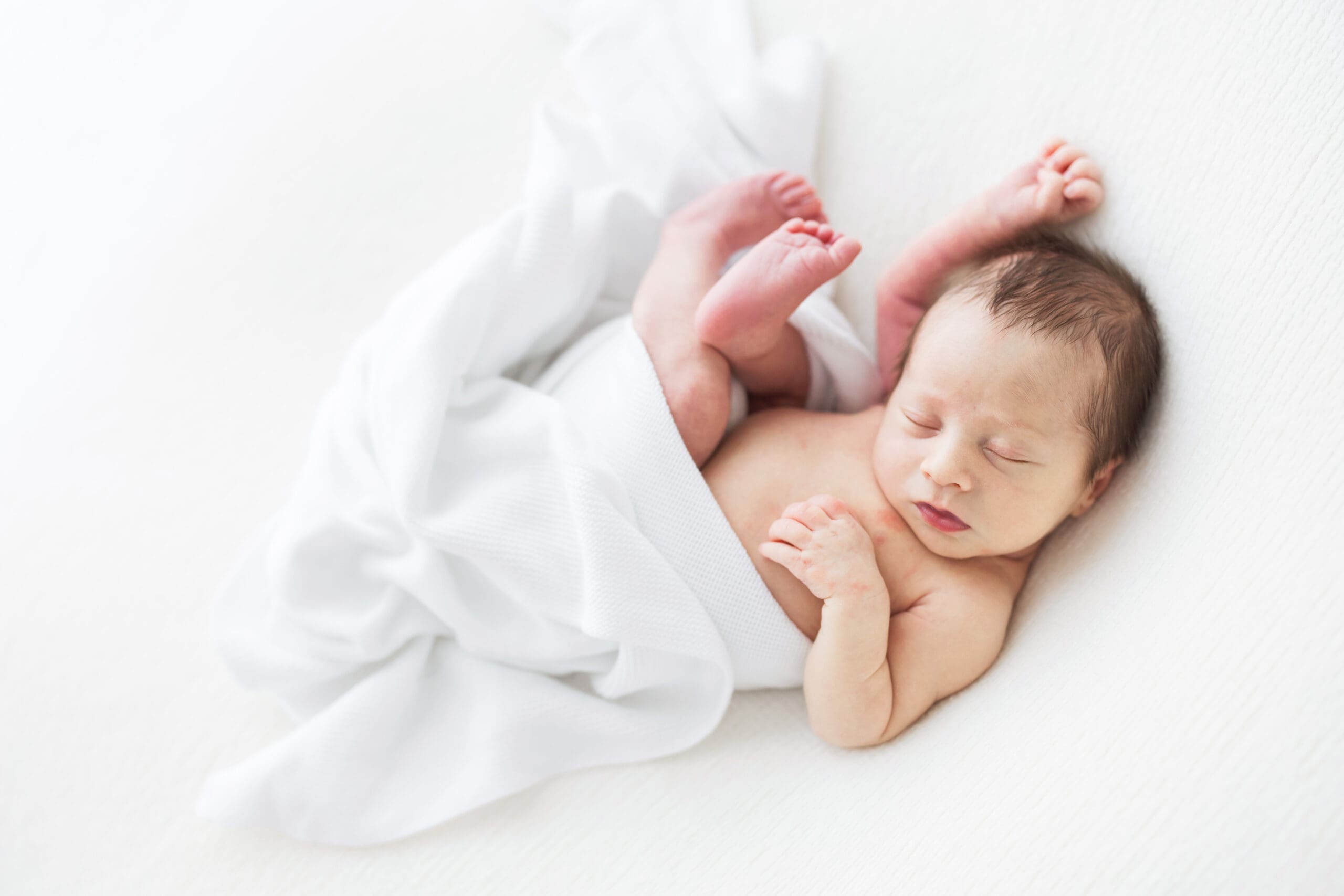
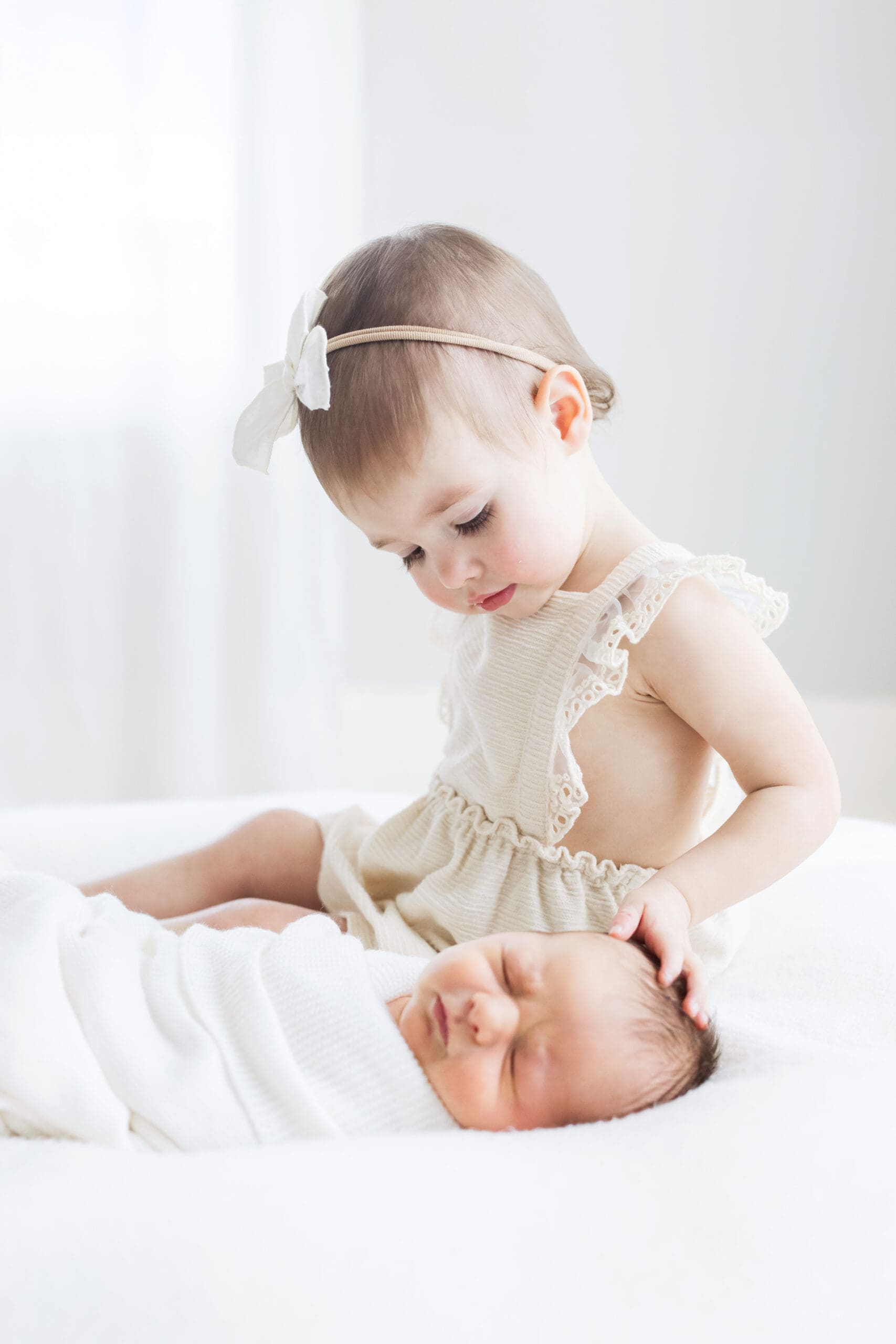
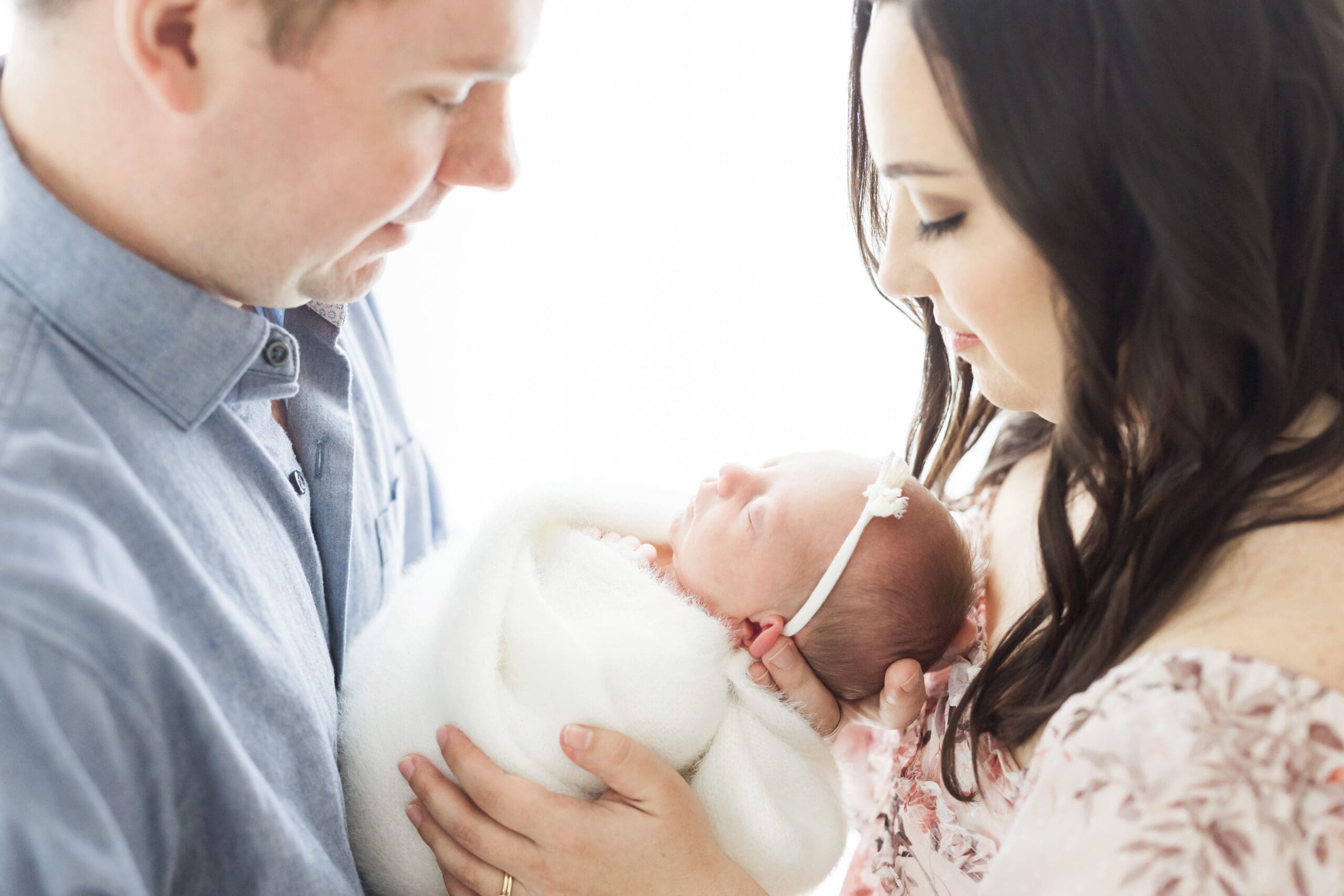
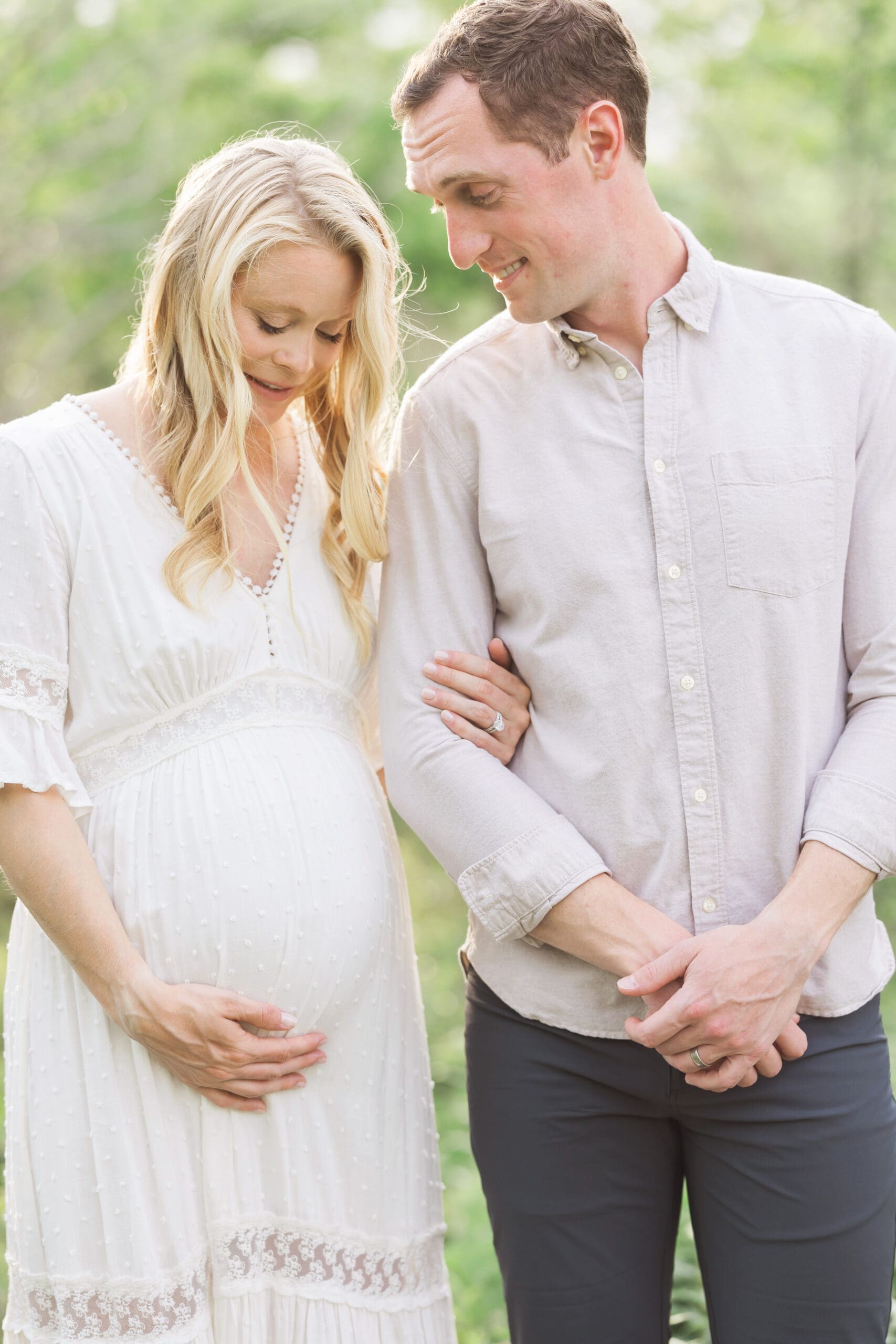
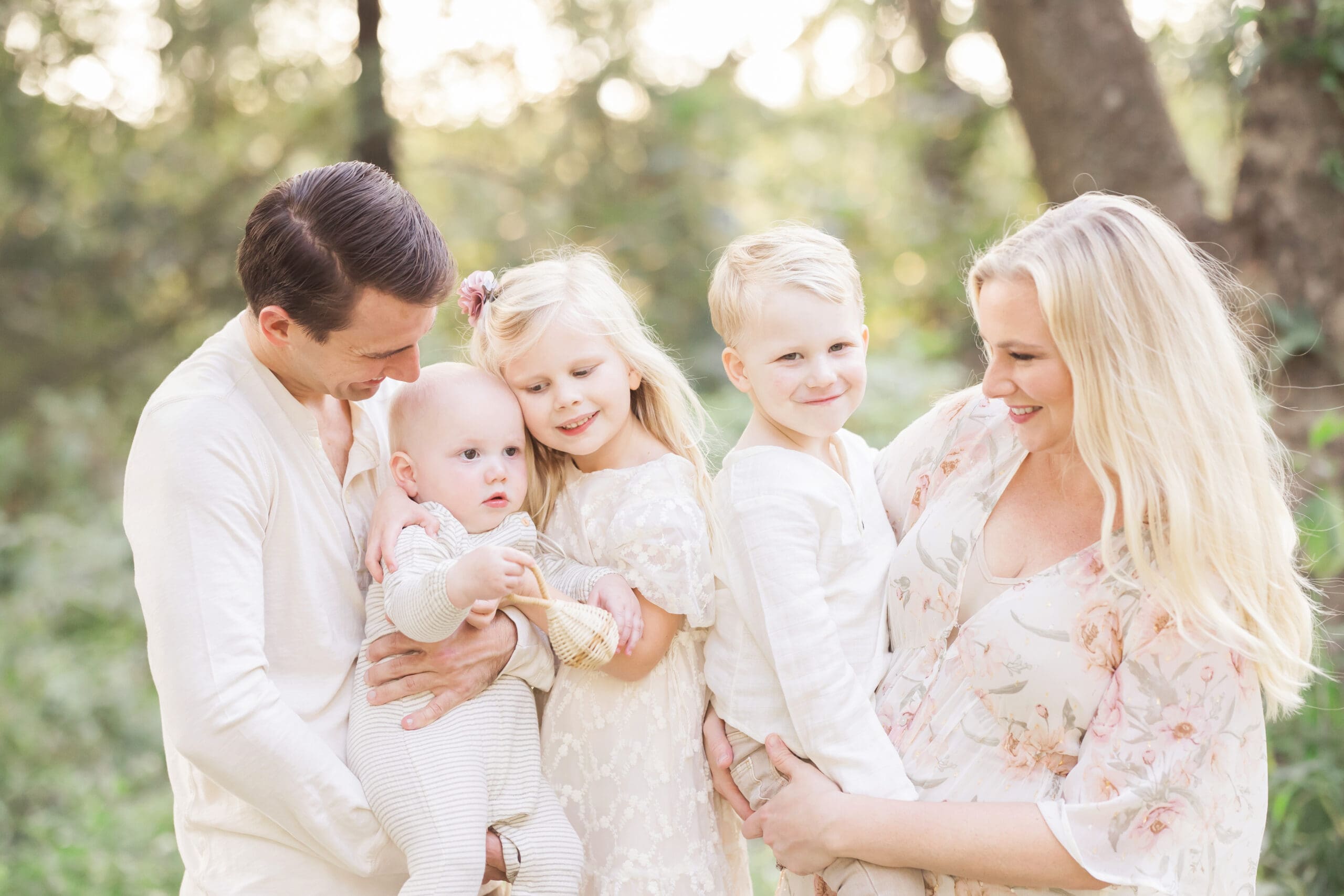
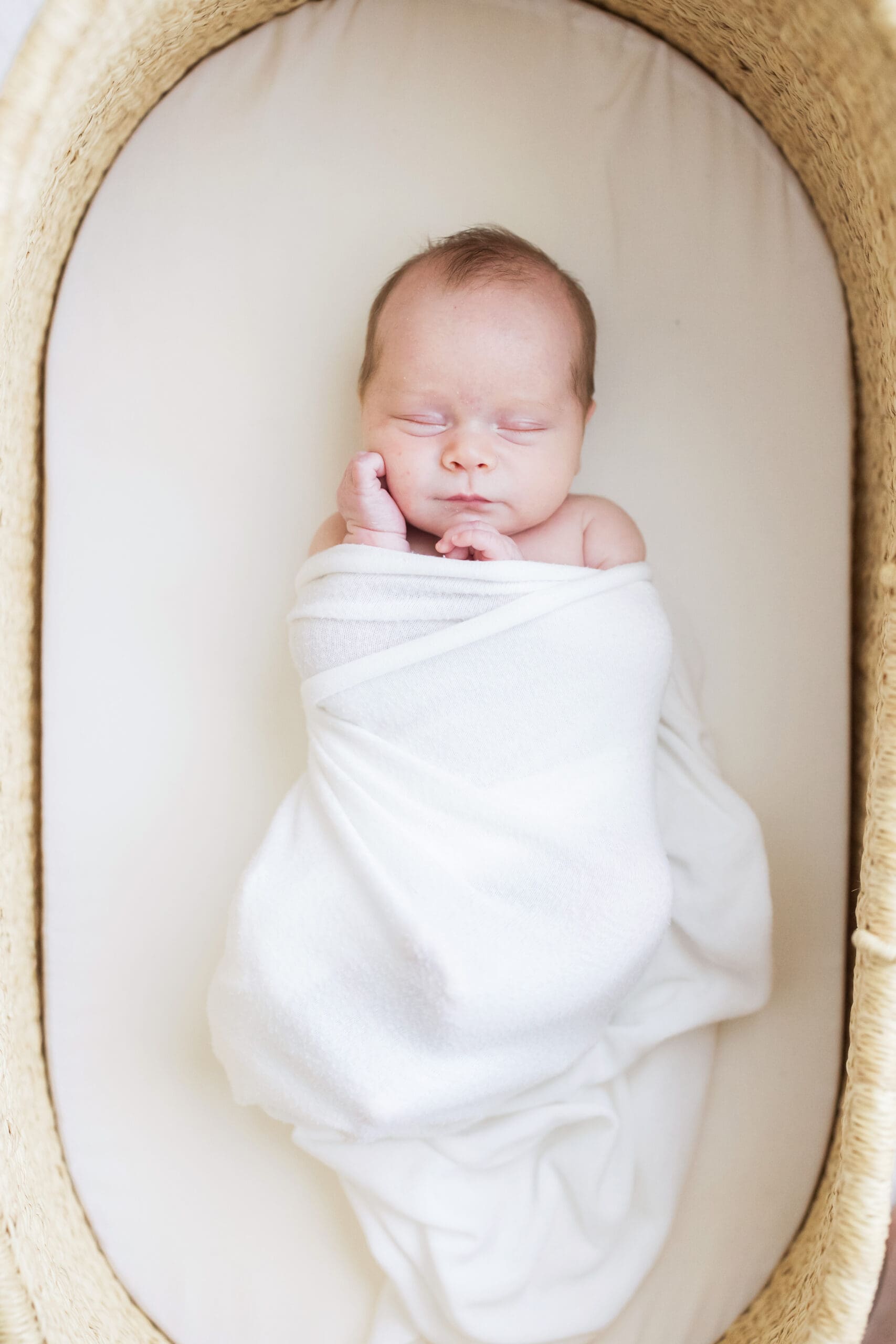
add a comment
+ COMMENTS